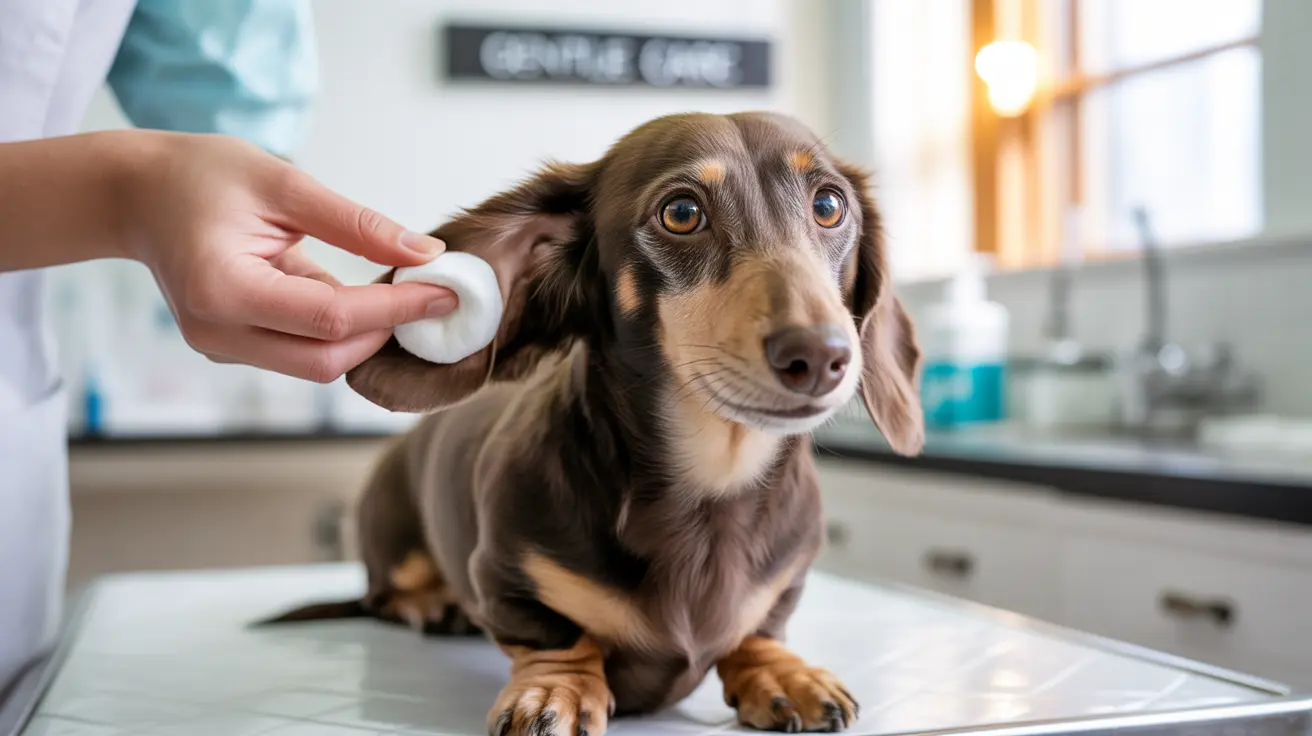If you've noticed your dog's ears have developed an unpleasant odor, you're not alone. Dog ear odors are a common concern among pet owners and often signal underlying health issues that require attention. Understanding why dogs' ears stink and how to address the problem is crucial for maintaining your pet's ear health and overall well-being.
In this comprehensive guide, we'll explore the various causes of smelly dog ears, identify warning signs of serious conditions, and provide expert guidance on treatment and prevention strategies to keep your furry friend comfortable and healthy.
Common Causes of Smelly Dog Ears
Several factors can contribute to unpleasant ear odors in dogs. The most frequent causes include:
Ear Infections
Bacterial and yeast infections are primary culprits behind stinky dog ears. Yeast infections typically produce a sweet, musty smell similar to corn chips, while bacterial infections create a more pungent, foul odor that's often detectable from across the room.
Moisture and Environmental Factors
Excess moisture from swimming, bathing, or high humidity creates an ideal environment for microorganism growth. Dogs with floppy ears or those who swim frequently are particularly susceptible to moisture-related ear problems.
Wax Buildup
While some ear wax is normal and healthy, excessive accumulation can lead to mild odors and create conditions that promote infection development.
Signs and Symptoms to Watch For
Physical Indicators
Beyond the smell, look for these warning signs:
- Redness or inflammation
- Swelling around the ear canal
- Dark or colored discharge
- Visible debris or excessive wax
- Crusty or scaly skin in the ear area
Behavioral Changes
Dogs with ear problems often display distinctive behaviors:
- Frequent head shaking
- Pawing at the ears
- Rubbing their head against furniture
- Tilting their head to one side
- Showing signs of pain when ears are touched
Professional Treatment Options
When dealing with stinky dog ears, professional veterinary care is often necessary, especially if you notice severe odor or your dog appears uncomfortable. Your vet may:
- Perform a thorough ear examination
- Take samples to identify specific infections
- Prescribe appropriate medications
- Clean the ears professionally if needed
- Address any underlying health conditions
Home Care and Prevention
Proper Cleaning Technique
Regular ear cleaning is essential for prevention, but must be done correctly:
- Use only veterinarian-approved ear cleaners
- Gently lift the ear flap
- Fill the ear canal with cleaning solution
- Massage the base of the ear
- Allow your dog to shake their head
- Wipe away debris with cotton balls
Preventive Measures
Implement these strategies to prevent ear odors:
- Keep ears dry after swimming or bathing
- Maintain regular grooming schedules
- Monitor ear health weekly
- Address allergies promptly
- Ensure proper air circulation in ears
Frequently Asked Questions
Why do my dog's ears stink and what are the common causes?
Dog ears typically stink due to infections (bacterial or yeast), excess moisture, wax buildup, or underlying health conditions like allergies. The type of odor often indicates the specific cause – musty smells usually signal yeast infections, while strong foul odors suggest bacterial infections.
How can I properly clean my dog's ears to prevent odors and infections?
Use veterinarian-approved ear cleaners, fill the ear canal, massage the base, let your dog shake their head, then wipe away debris with cotton balls. Never use cotton swabs or insert objects into the ear canal.
What are the symptoms of a yeast infection in a dog's ears compared to bacterial infections?
Yeast infections typically produce a sweet, musty odor with dark, waxy discharge. Bacterial infections cause a more pungent smell with yellowish-green discharge and often cause more pain and inflammation.
How often should I clean my dog's ears to keep them healthy and odor-free?
Cleaning frequency varies by breed and individual needs. Generally, check ears weekly and clean them every 2-4 weeks for dogs prone to ear problems. Some dogs may need less frequent cleaning.
When should I take my dog to the vet if they have smelly ears, and what signs indicate a serious infection?
Seek veterinary care if you notice strong odors, colored discharge, significant pain, head tilting, balance issues, or if your dog's ear problems persist despite home care. Immediate attention is needed if your dog shows signs of severe discomfort or if the smell is particularly foul.






